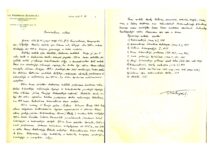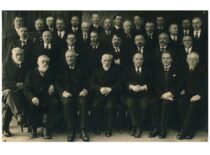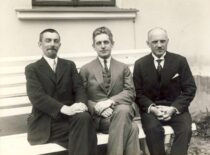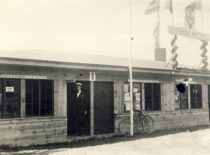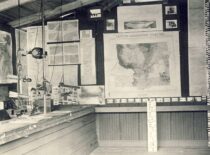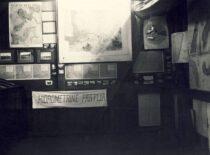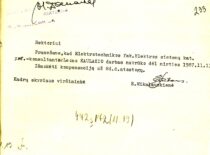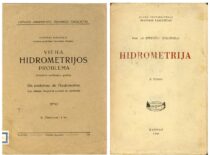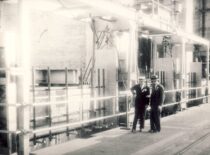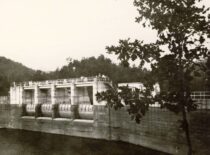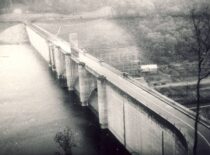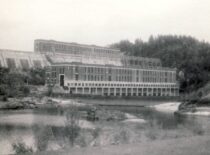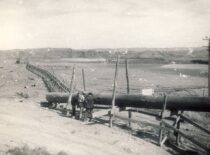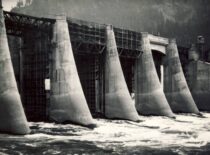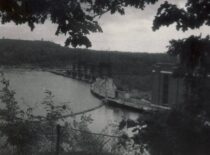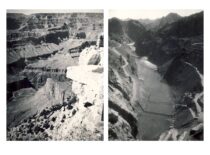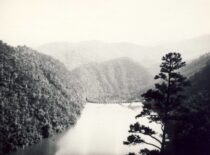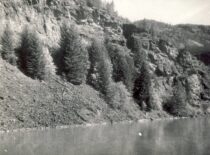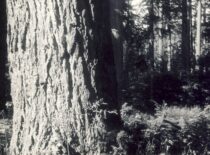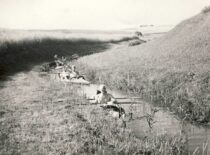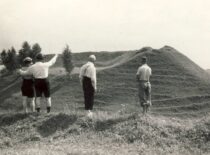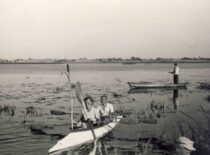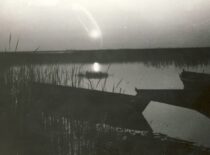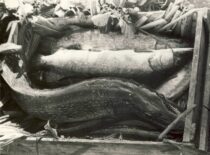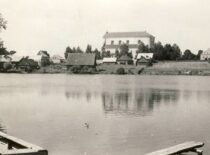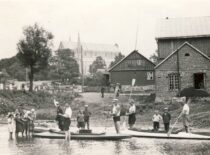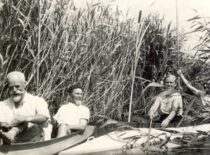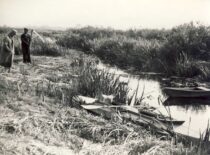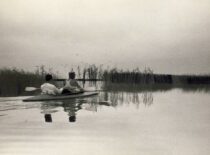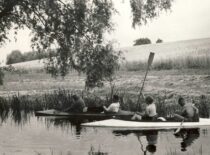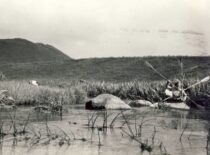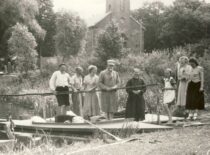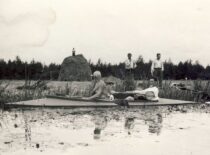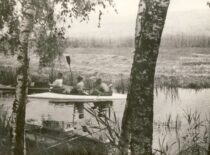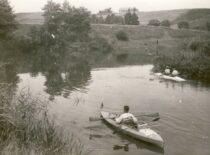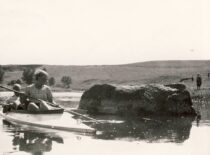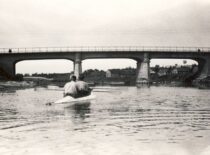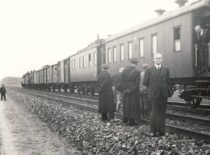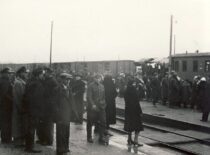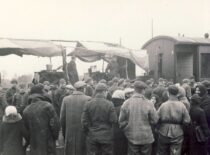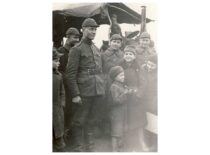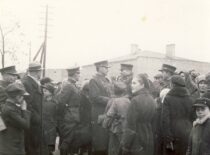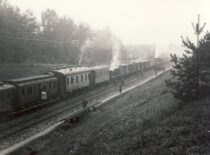“And Follow the Path of Lithuania”. 130th Anniversary of Prof. Steponas Kolupaila
14 September 2022 marks the 130th anniversary of the birth of the eminent scientist, hydrologist, hydropower development enthusiast, former head of the Department of Hydrology and Hydraulics at the University of Lithuania (Vytautas Magnus University since 1930), academician, professor, Dr. Steponas Kolupaila (1892-1964). Prof. Kolupaila wrote: “A man is happy only when has a clear purpose in life. My goal is as clear as a crystal: to study God’s fascinating creation, nature, and to try to bend it in a meaningful way for the benefit of man, first of all for the benefit of the people of my country. As I approach the sunset of my happy and eventful life, I feel this is just the beginning of the work I have set out to do. The younger generation is coming to continue it. Therefore, I encourage our dear young people to dedicate themselves to noble ideals and follow the path of Lithuania.”
On the occasion of the anniversary, Dr. Audronė Veilentienė, Head of KTU Museum, has prepared a 4-part virtual exhibition “And to Follow the Path of Lithuania”. 130th Anniversary of Prof. Steponas Kolupaila”. The first part of the exhibition features photographs of Prof. S. Kolupaila’s pedagogical and research activities, while the other parts feature photographs from his creative heritage, stored at KTU Museum: photographs of Prof. S. Kolupaila’s trip to the USA in 1936, his canoeing trip in Dzūkija Region in 1938 and after regaining Vilnius in 1939.



